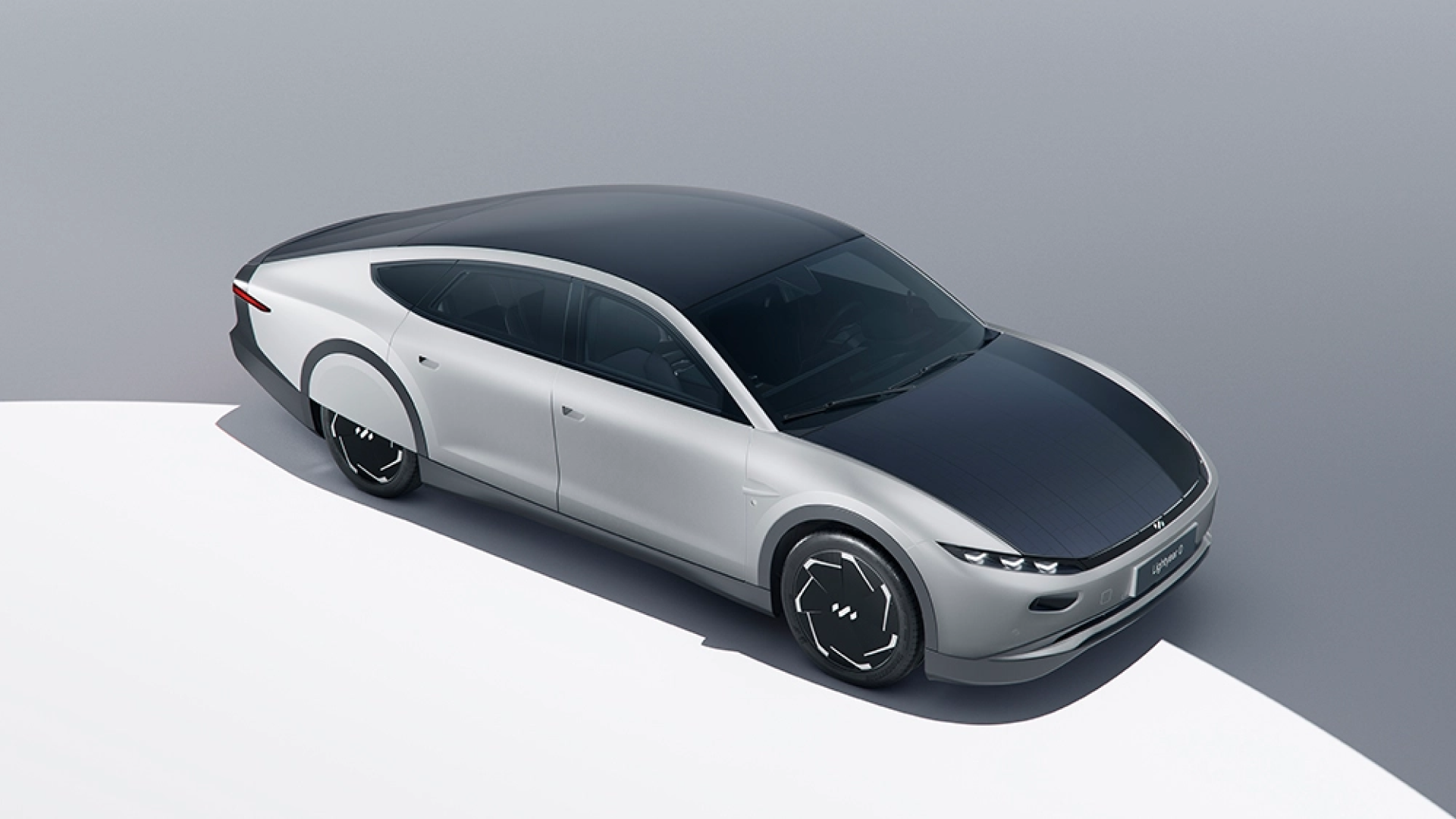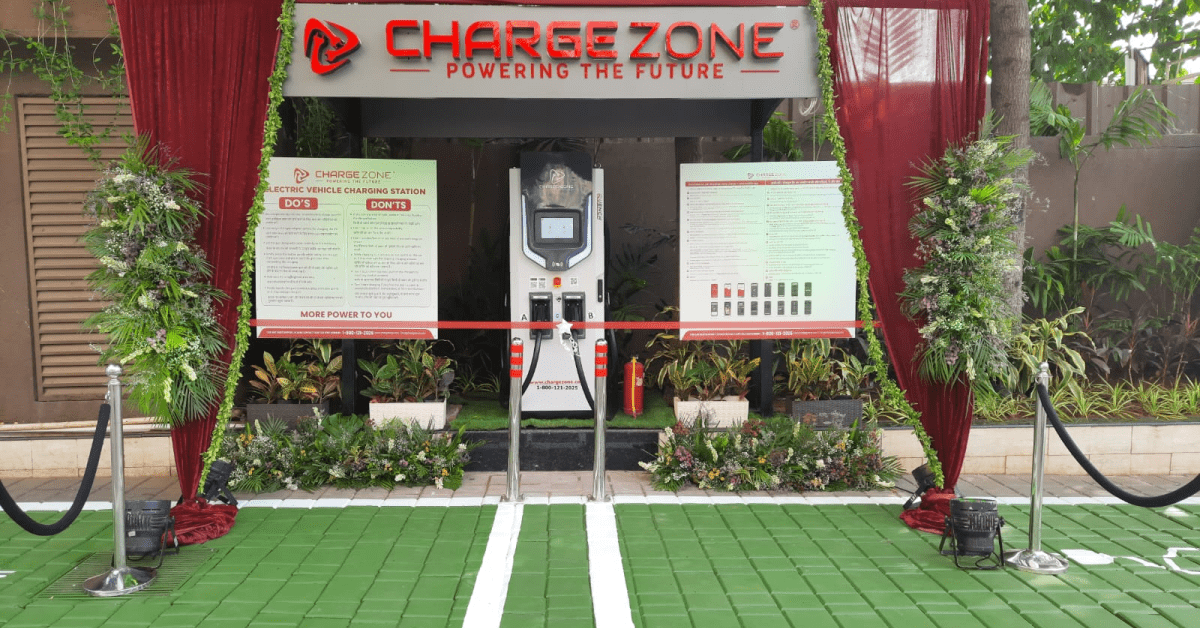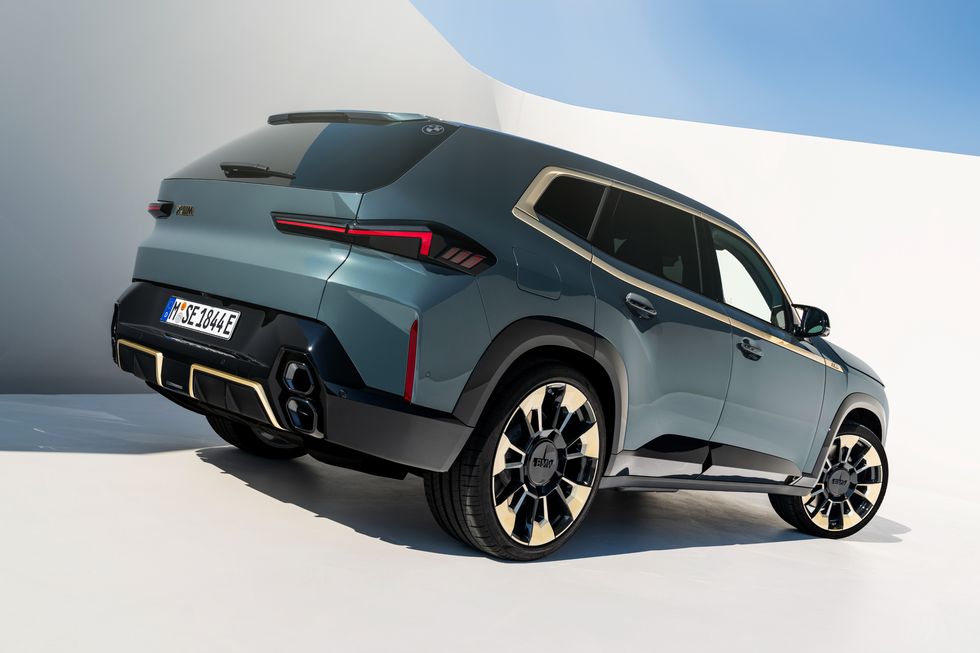Today’s economies are undergoing tremendous transformations due to emerging market development, the rapid introduction of new technology, sustainability policies, and shifting consumer ownership choices. Other sectors have been transformed by digitization, increased automation, and new business models, and the automotive industry will be no exception. These pressures give rise to four disruptive technology-driven automotive trends: diversified mobility, autonomous driving, electrification, and connection.
The majority of industry participants and experts believe that the four trends will reinforce and accelerate one another and that the automobile industry is ripe for upheaval. Despite universal recognition that game-changing disruption is now on the horizon, there is no comprehensive view of how the sector will look in 10 to 15 years as a result of these developments. To that end, our eight essential perspectives on the “2030 automotive revolution” are designed to provide scenarios about the types of changes that will occur and how they will affect traditional vehicle manufacturers and suppliers, potential new players, regulators, consumers, markets, and the automotive value chain.
The auto industry is changing gears. Global upheaval, technological advancements, and changing customer behaviors are all influencing the car business on multiple levels at the same time. The traditional business paradigm of designing, producing, marketing, servicing, and financing automobiles remains in place. At the same time, the automobile industry is rushing towards a new future, driven by sustainability and changing customer behavior, which includes electric vehicles, connected cars, mobility fleet sharing, onboard sensors, new business models, and always-on connectivity.
- Learning from Continuous Disruption: The automotive sector was heavily damaged during the initial pandemic lockdowns, as worldwide supply lines came to a halt, factories and dealers temporarily halted operations, and individuals stayed at home and drove less. Despite the initial setback, industry experts argue the pandemic has actually expedited advances in the automotive sector’s digitalization. This is not the first or even the last time the auto industry has been disrupted. Some believe that the sector, particularly automobile suppliers, learned a lot from the previous economic downturn. Lessons acquired from the 2008–2009 economic slump guaranteed that automotive suppliers were better prepared, more resilient, and capable of rebounding. Automobile manufacturers are currently dealing with semiconductor chip shortages, which are affecting car production. Overall, the constant disruption of operations and supply chains has accelerated various fundamental business and technology trends in the automobile industry.
- Disrupt or be Disrupted: The majority of the underlying changes in the car industry are being driven by the availability and use of modern technology solutions. Advanced technology solutions are used in connected cars, sensors, electrification, and new business models (including mobility-as-a-service). According to industry analysts, this is where the automotive industry should concentrate its efforts in the future. The whole sector, from suppliers to automakers, is under pressure to keep old operations profitable while also expanding its capacity to deal with these new developments. Businesses must strike a balance between maintaining a stable and lucrative business while also disrupting their own business models.
- An innovative mindset is key. While many automakers and suppliers have learned from the past to help them survive recent disruptions and make their existing operations more efficient, some industry leaders believe that flexibility and innovation will be critical when it comes to the unique challenges confronting the automotive industry’s future direction. “Future breakthroughs will be achieved by software components,” said Joachim Skarpil, Head of Automotive Suppliers at Capgemini, in a recent webinar. As a result, new products or other products with new services, as well as new business models, must be established. Automotive suppliers will have to be more adaptable and speedier than ever before in the future.”
Major Trends Shaping the Automobile Industry’s Future
- Autonomous Vehicles-Formerly, a self-driving vehicle appeared to be something out of a science fiction film. Nevertheless, many experts today feel that autonomous vehicles will have a significant impact on the automobile industry’s future. There are five stages of self-driving technology. The lower levels are vehicles that, despite having certain autonomous features, still require a human driver. There are several automobiles available now that are level 1 or level 2 automated. Hyundai’s Highway Driving Assist system, for example, manages steering and braking but needs a human driver to have their hands on the steering wheel at all times. Experts anticipate that in the future, roadways will be filled with level-five autonomous vehicles that do not require a human driver. The idea of self-driving cars may be frightening, but their implementation could actually increase road safety. According to the National Highway Traffic Safety Agency (NHTSA), human error is responsible for 94% of all transportation accidents. Autonomous vehicles may be able to prevent these incidents in the future, perhaps saving thousands of lives each year.
- Electric Vehicles: electric automobiles are already available in today’s globe. In reality, there are approximately 1.8 million registered electric vehicles in the United States. Thus far, the electric vehicle market has grown at a modest pace. Electric vehicles, on the other hand, are expected to dominate the automobile sector during the next decade, according to experts. There are several reasons why experts anticipate this will occur. For starters, analysts anticipate that more governments throughout the world will implement legislation promoting or compelling customers to buy electric vehicles. Governor Newsom of California, for example, signed an executive order that phased out the sale of gas-powered automobiles in the state. analysts predict that as charging stations become more widely available around the world, electric vehicles will gain appeal. Many people are hesitant to switch to electric vehicles because they are concerned about not being able to find a charging station when their battery needs to be recharged. But, these charging stations are suddenly popping up all over the place, so consumers won’t have to worry about being inconvenienced by having an electric vehicle. If these predictions come true, the growth of the market for electric vehicles will have a significant impact on the automotive industry’s future.
- Shift to Online: The vast majority of people are at ease purchasing products online. But, until recently, the idea of purchasing a car online rather than at a dealership was virtually unknown. Then came the COVID-19 epidemic. Dealerships were obliged to temporarily close their showrooms during the outbreak. Even after the showrooms reopened, many customers thought it was safer to browse for vehicles online rather than in person. This led to a surge in online vehicle sales. In fact, 30% of all new car sales in 2020 will be performed online. Scientists anticipate that once the pandemic is over, this trend will continue. Instead, they believe it will change the way people search for cars and how automotive businesses market to them in the future.




